Pollinations
Models by this creator

modnet

519
modnet is a deep learning model developed by pollinations that can remove the background from images, videos, and live webcam footage, and replace it with a new background image. This model is similar to other background removal models like rembg-enhance, which uses ViTMatte to enhance background removal, and stable-diffusion, a powerful text-to-image diffusion model. However, modnet offers a more specialized solution for portrait matting in real-time under changing scenes. Model inputs and outputs modnet takes an image as input and outputs a new image with the background removed or replaced. The model can work on single images, folders of images, videos, and even live webcam footage. Inputs Image**: The input image can be a single image file or a video file. Outputs Image with background removed**: The model outputs an image with the background removed, ready to be used in various applications. Image with new background**: The model can also output an image with the original subject and a new background image. Capabilities modnet is capable of removing backgrounds from images, videos, and live webcam footage in real-time. The model can handle a variety of scenes and subjects, making it a versatile tool for applications such as virtual backgrounds, image editing, and video production. What can I use it for? modnet can be used for a variety of applications, such as: Virtual backgrounds**: Replace the background in video calls or live streams with a more professional or visually appealing image. Image editing**: Remove unwanted backgrounds from portrait photos, product images, or other visual content. Video production**: Create engaging video content by seamlessly replacing the background in video footage. Things to try Some interesting things to try with modnet include: Experimenting with different background images to see how they affect the final output. Combining modnet with other AI models like stable-diffusion to generate unique and creative backgrounds. Exploring how modnet performs on a variety of subjects and scenes, including landscapes, animals, and complex backgrounds.
Updated 5/8/2024
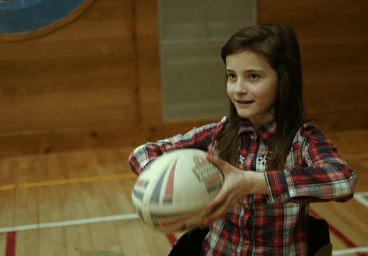
rife-video-interpolation

15
rife-video-interpolation is an AI model developed by pollinations that can generate realistic intermediate frames between a pair of input images or video frames. This allows for smooth slow-motion effects or video frame interpolation. The model is based on the Real-Time Intermediate Flow Estimation for Video Frame Interpolation research paper, which was accepted by ECCV 2022. Similar models developed by pollinations include tune-a-video, which enables one-shot tuning of image diffusion models for text-to-video generation, amt, a video smoother using AMT All-Pairs Multi-Field Transforms, and adampi, which can create 3D photos from single 2D images. Model inputs and outputs rife-video-interpolation takes a video file or a pair of image files as input and generates an interpolated video with additional intermediate frames. This allows for creating smooth slow-motion effects or increasing the framerate of a video. Inputs Video**: An input video file Interpolation Factor**: The number of intermediate frames to generate between each pair of input frames (e.g. 4 means 4 new frames will be generated) Outputs Output Video**: The output video file with the interpolated frames inserted Capabilities rife-video-interpolation can generate realistic intermediate frames between a pair of input images or video frames, enabling smooth slow-motion effects and high-quality video frame interpolation. The model can run at 30+ FPS for 2X 720p interpolation on a 2080Ti GPU, and supports arbitrary-timestep interpolation between a pair of images. What can I use it for? With rife-video-interpolation, you can create compelling slow-motion effects in your videos or increase the framerate of existing footage. This can be useful for a variety of applications, such as sports videography, cinematic video productions, or even enhancing the quality of gameplay footage. Things to try One interesting aspect of rife-video-interpolation is its ability to perform arbitrary-timestep interpolation. This means you can generate any number of intermediate frames between a pair of input images, allowing for fine-tuned control over the speed and flow of your video. You could experiment with different interpolation factors to achieve the desired effect, or even use the model to generate high-quality video previews before committing to a final edit.
Updated 5/8/2024
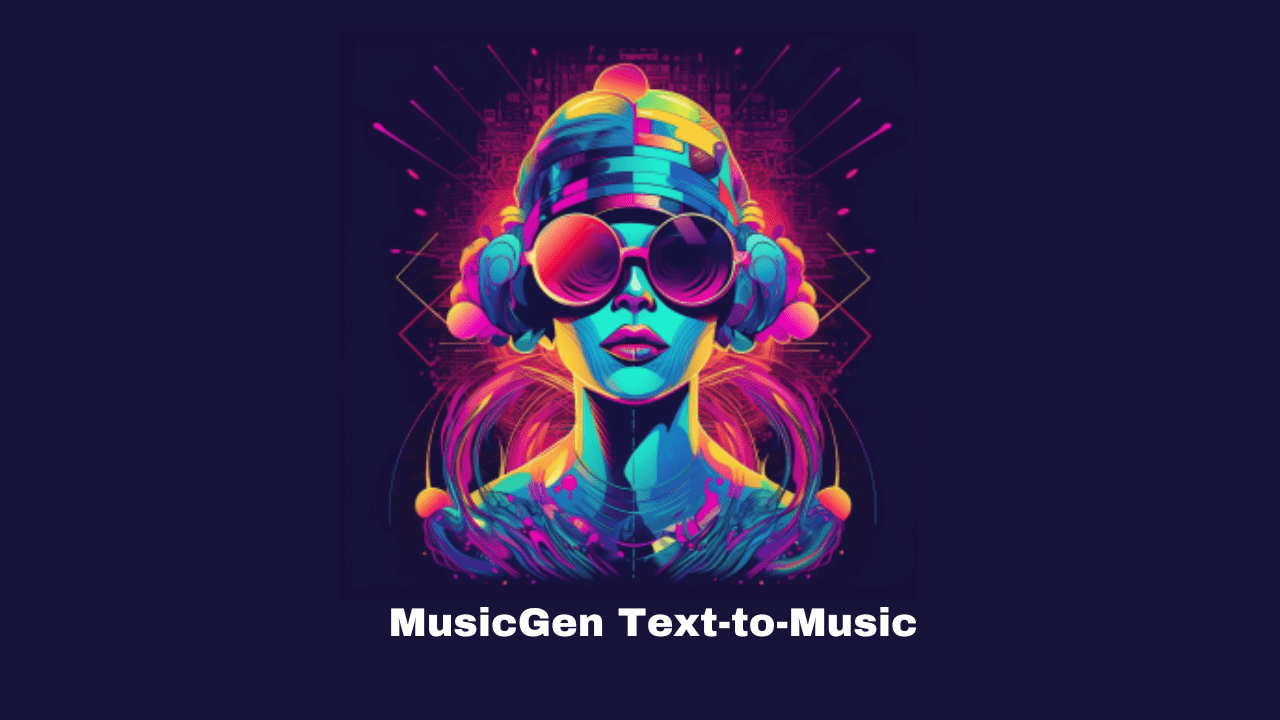
music-gen

13
music-gen is a text-to-music generation model developed by the team at pollinations. It is part of the Audiocraft library, which is a PyTorch-based library for deep learning research on audio generation. music-gen is a state-of-the-art controllable text-to-music model that can generate music from a given text prompt. It is similar to other music generation models like musicgen, audiogen, and musicgen-choral, but it offers a unique approach with its own strengths. Model inputs and outputs music-gen takes a text prompt and an optional duration as inputs, and generates an audio file as output. The text prompt can be used to specify the desired genre, mood, or other attributes of the generated music. Inputs Text**: A text prompt that describes the desired music Duration**: The duration of the generated music in seconds Outputs Audio file**: An audio file containing the generated music Capabilities music-gen is capable of generating high-quality, controllable music from text prompts. It uses a single-stage auto-regressive Transformer model trained on a large dataset of licensed music, which allows it to generate diverse and coherent musical compositions. Unlike some other music generation models, music-gen does not require a self-supervised semantic representation, and it can generate all the necessary audio components (such as melody, harmony, and rhythm) in a single pass. What can I use it for? music-gen can be used for a variety of creative and practical applications, such as: Generating background music for videos, games, or other multimedia projects Composing music for specific moods or genres, such as relaxing ambient music or upbeat dance tracks Experimenting with different musical styles and ideas by prompting the model with different text descriptions Assisting composers and musicians in the creative process by providing inspiration or starting points for new compositions Things to try One interesting aspect of music-gen is its ability to generate music with a specified melody. By providing the model with a pre-existing melody, such as a fragment of a classical composition, you can prompt it to create new music that incorporates and builds upon that melody. This can be a powerful tool for exploring new musical ideas and variations on existing themes.
Updated 5/8/2024
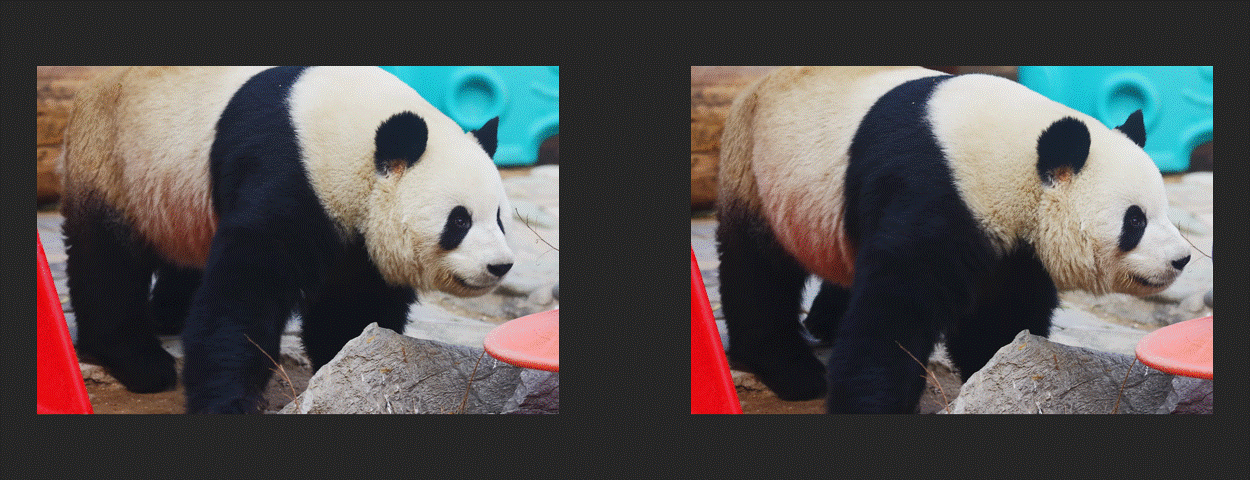
amt

11
AMT is a lightweight, fast, and accurate algorithm for Frame Interpolation developed by researchers at Nankai University. It aims to provide practical solutions for video generation from a few given frames (at least two frames). AMT is similar to models like rembg-enhance, stable-video-diffusion, gfpgan, and stable-diffusion-inpainting in its focus on image and video processing tasks. However, AMT is specifically designed for efficient frame interpolation, which can be useful for a variety of video-related applications. Model inputs and outputs The AMT model takes in a set of input frames (at least two) and generates intermediate frames to create a smoother, more fluid video. The model is capable of handling both fixed and arbitrary frame rates, making it suitable for a range of video processing needs. Inputs Video**: The input video or set of images to be interpolated. Model Type**: The specific version of the AMT model to use, such as amt-l or amt-s. Output Video Fps**: The desired output frame rate for the interpolated video. Recursive Interpolation Passes**: The number of times to recursively interpolate the frames to achieve the desired output. Outputs Output**: The interpolated video with the specified frame rate. Capabilities AMT is designed to be a highly efficient and accurate frame interpolation model. It can generate smooth, high-quality intermediate frames between input frames, resulting in more fluid and natural-looking videos. The model's performance has been demonstrated on various datasets, including Vimeo90k and GoPro. What can I use it for? The AMT model can be useful for a variety of video-related applications, such as video generation, slow-motion creation, and frame rate upscaling. For example, you could use AMT to generate high-quality slow-motion footage from your existing videos, or to create smooth transitions between video frames for more visually appealing content. Things to try One interesting thing to try with AMT is to experiment with the different model types and the number of recursive interpolation passes. By adjusting these settings, you can find the right balance between output quality and computational efficiency for your specific use case. Additionally, you can try combining AMT with other video processing techniques, such as AnimateDiff-Lightning, to achieve even more advanced video effects.
Updated 5/8/2024
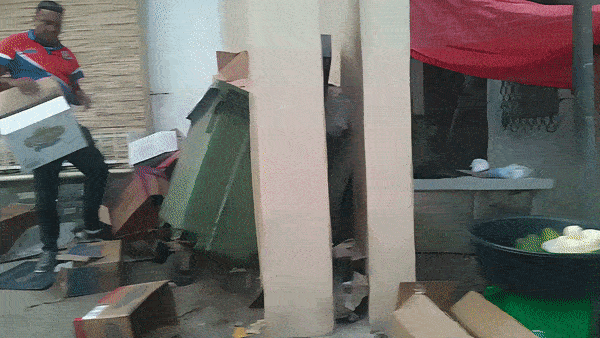
real-basicvsr-video-superresolution

8
The real-basicvsr-video-superresolution model, created by pollinations, is a video super-resolution model that aims to address the challenges of real-world video super-resolution. It is part of the MMEditing open-source toolbox, which provides state-of-the-art methods for various image and video editing tasks. The model is designed to enhance low-resolution video frames while preserving realistic details and textures, making it suitable for a wide range of applications, from video production to video surveillance. Similar models in the MMEditing toolbox include SeeSR, which focuses on semantics-aware real-world image super-resolution, Swin2SR, a high-performance image super-resolution model, and RefVSR, which uses a reference video frame to super-resolve an input low-resolution video frame. Model inputs and outputs The real-basicvsr-video-superresolution model takes a low-resolution video as input and generates a high-resolution version of the same video as output. The input video can be of various resolutions and frame rates, and the model will upscale it to a higher quality while preserving the original temporal information. Inputs Video**: The low-resolution input video to be super-resolved. Outputs Output Video**: The high-resolution video generated by the model, with improved details and texture. Capabilities The real-basicvsr-video-superresolution model is designed to address the challenges of real-world video super-resolution, where the input video may have various degradations such as noise, blur, and compression artifacts. The model leverages the capabilities of the BasicVSR++ architecture, which was introduced in the CVPR 2022 paper "Towards Real-World Video Super-Resolution: A New Benchmark and a State-of-the-Art Model". By incorporating insights from this research, the real-basicvsr-video-superresolution model is able to produce high-quality, realistic video outputs even from low-quality input footage. What can I use it for? The real-basicvsr-video-superresolution model can be used in a variety of applications where high-quality video is needed, such as video production, video surveillance, and video streaming. For example, it could be used to upscale security camera footage to improve visibility and detail, or to enhance the resolution of old family videos for a more immersive viewing experience. Additionally, the model could be integrated into video editing workflows to improve the quality of low-res footage or to create high-resolution versions of existing videos. Things to try One interesting aspect of the real-basicvsr-video-superresolution model is its ability to handle a wide range of input video resolutions and frame rates. This makes it a versatile tool that can be applied to a variety of real-world video sources, from low-quality smartphone footage to professional-grade video. Users could experiment with feeding the model different types of input videos, such as those with varying levels of noise, blur, or compression, and observe how the model responds and the quality of the output. Additionally, users could try combining the real-basicvsr-video-superresolution model with other video processing techniques, such as video stabilization or color grading, to further enhance the final output.
Updated 5/8/2024
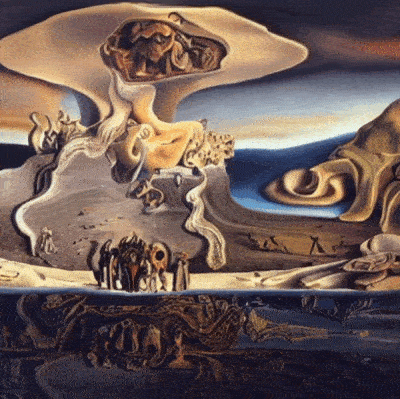
3d-photo-inpainting

5
The 3d-photo-inpainting model is a method for converting a single RGB-D input image into a 3D photo, which is a multi-layer representation for novel view synthesis that contains hallucinated color and depth structures in regions occluded in the original view. This model uses a Layered Depth Image with explicit pixel connectivity as the underlying representation, and presents a learning-based inpainting model that iteratively synthesizes new local color-and-depth content into the occluded region in a spatial context-aware manner. The resulting 3D photos can be efficiently rendered with motion parallax using standard graphics engines. This model is developed by the researchers Meng-Li Shih, Shih-Yang Su, Johannes Kopf, and Jia-Bin Huang and published at CVPR 2020. Similar models developed by the same maintainer, pollinations, include adampi, which creates 3D photos from single in-the-wild 2D images, and modnet, a deep learning approach to remove background and add new background image. Model inputs and outputs Inputs Image**: A single RGB-D input image Outputs Inpainted 3D mesh (optional) Rendered videos with different camera motions (zoom-in, swing, circle, dolly zoom-in) Capabilities The 3d-photo-inpainting model can generate a 3D photo from a single RGB-D input image, which contains hallucinated color and depth structures in regions occluded in the original view. The resulting 3D photos can be efficiently rendered with motion parallax, allowing for novel view synthesis. This model outperforms the state-of-the-art methods in terms of fewer artifacts. What can I use it for? The 3d-photo-inpainting model can be used to create immersive 3D experiences from single images, for applications such as virtual photography, 3D content creation, and interactive visualizations. The generated 3D photos can be used to provide a sense of depth and parallax, enhancing the user's perception and engagement with the content. Things to try One interesting thing to try with the 3d-photo-inpainting model is to use manually edited depth maps as input, instead of relying on the depth maps generated by the MiDaS model. This can allow for more control over the inpainting process and potentially lead to better results in certain scenarios.
Updated 5/8/2024
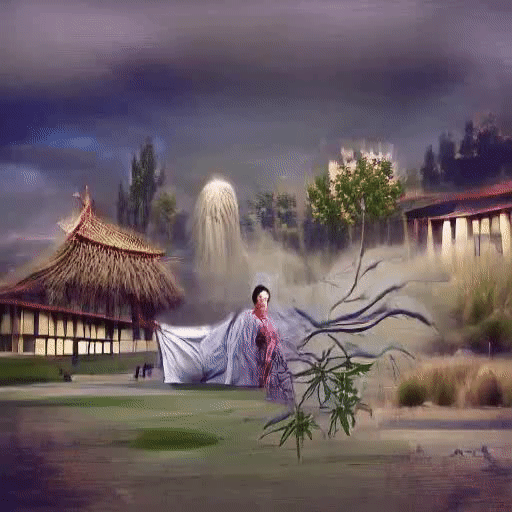
adampi

5
The adampi model, developed by the team at Pollinations, is a powerful AI tool that can create 3D photos from single in-the-wild 2D images. This model is based on the Adaptive Multiplane Images (AdaMPI) technique, which was recently published in the SIGGRAPH 2022 paper "Single-View View Synthesis in the Wild with Learned Adaptive Multiplane Images". The adampi model is capable of handling diverse scene layouts and producing high-quality 3D content from a single input image. Model inputs and outputs The adampi model takes a single 2D image as input and generates a 3D photo as output. This allows users to transform ordinary 2D photos into immersive 3D experiences, adding depth and perspective to the original image. Inputs Image**: A 2D image in standard image format (e.g. JPEG, PNG) Outputs 3D Photo**: A 3D representation of the input image, which can be viewed and interacted with from different perspectives. Capabilities The adampi model is designed to tackle the challenge of synthesizing novel views for in-the-wild photographs, where scenes can have complex 3D geometry. By leveraging the Adaptive Multiplane Images (AdaMPI) representation, the model is able to adjust the initial plane positions and predict depth-aware color and density for each plane, allowing it to produce high-quality 3D content from a single input image. What can I use it for? The adampi model can be used to create immersive 3D experiences from ordinary 2D photos, opening up new possibilities for photographers, content creators, and virtual reality applications. For example, you could use the model to transform family photos, travel snapshots, or artwork into 3D scenes that can be viewed and explored from different angles. This could enhance the viewing experience, add depth and perspective, and even enable new creative possibilities. Things to try One interesting aspect of the adampi model is its ability to handle diverse scene layouts in the wild. Try experimenting with a variety of input images, from landscapes and cityscapes to portraits and still lifes, and see how the model adapts to the different scene geometries. You could also explore the depth-aware color and density predictions, and how they contribute to the final 3D output.
Updated 5/8/2024
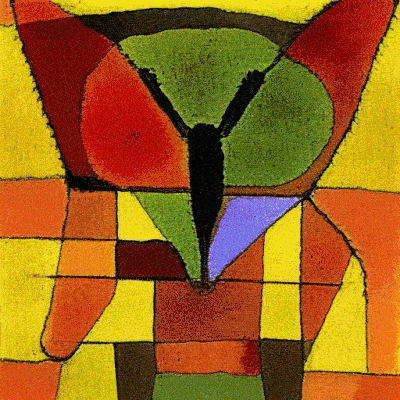
stable-diffusion-dance

5
stable-diffusion-dance is an audio reactive version of the Stable Diffusion model, created by pollinations. It builds upon the original Stable Diffusion model, which is a latent text-to-image diffusion model capable of generating photo-realistic images from any text prompt. The stable-diffusion-dance variant adds the ability to react the generated images to input audio, creating an audiovisual experience. Model inputs and outputs The stable-diffusion-dance model takes in a text prompt, an optional audio file, and various parameters to control the generation process. The outputs are a series of generated images that are synchronized to the input audio. Inputs Prompts**: Text prompts that describe the desired image content, such as "a moth", "a killer dragonfly", or "Two fishes talking to each other in deep sea". Audio File**: An optional audio file that the generated images will be synchronized to. Batch Size**: The number of images to generate at once, up to 24. Frame Rate**: The frames per second for the generated video. Random Seed**: A seed value to ensure reproducibility of the generated images. Prompt Scale**: The influence of the text prompt on the generated images. Style Suffix**: An optional suffix to add to the prompt, to influence the artistic style. Audio Smoothing**: A factor to smooth the audio input. Diffusion Steps**: The number of diffusion steps to use, up to 30. Audio Noise Scale**: The scale of the audio influence on the image generation. Audio Loudness Type**: The type of audio loudness to use, either 'rms' or 'peak'. Frame Interpolation**: Whether to interpolate between frames for a smoother video. Outputs A series of generated images that are synchronized to the input audio. Capabilities The stable-diffusion-dance model builds on the impressive capabilities of the original Stable Diffusion model, allowing users to generate dynamic, audiovisual content. By combining the text-to-image generation abilities of Stable Diffusion with audio-reactive features, stable-diffusion-dance can create unique, expressive visuals that respond to the input audio in real-time. What can I use it for? The stable-diffusion-dance model can be used to create a variety of audiovisual experiences, from music visualizations and interactive art installations to dynamic background imagery for videos and presentations. The model's ability to generate images that closely match the input audio makes it a powerful tool for artists, musicians, and content creators looking to add an extra level of dynamism and interactivity to their work. Things to try One interesting application of the stable-diffusion-dance model could be to use it for live music performances, where the generated visuals would react and evolve in real-time to the music being played. Another idea could be to use the model to create dynamic, procedural backgrounds for video games or virtual environments, where the visuals would continuously change and adapt to the audio cues and gameplay.
Updated 5/8/2024
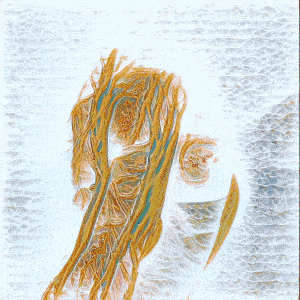
lucid-sonic-dreams

4
Lucid Sonic Dreams is an AI model created by Pollinations that syncs GAN-generated visuals to music. It uses the NVLabs StyleGAN2-ada model with pre-trained weights from Justin Pinkney's consolidated repository. This model is similar to other audio-reactive generation models like Lucid Sonic Dreams XL, Music Gen, Stable Diffusion Dance, and Tune-A-Video from the same creator. Model inputs and outputs Lucid Sonic Dreams takes in an audio file and a set of parameters to control the visual generation. The key inputs include the audio file, the style of the visuals, and various settings to control the pulse, motion, and object classification behavior of the generated imagery. Inputs Audio File**: The path to the audio file (.mp3, .wav) to be used for the visualization Style**: The type of visual style to generate, such as "abstract photos" Frames per Minute (FPM)**: The number of frames to initialize per minute, controlling the rate of visual morphing Pulse Reaction**: The strength of the visual pulse reacting to the audio Motion Reaction**: The strength of the visual motion reacting to the audio Truncation**: Controls the variety of visuals generated, with lower values leading to less variety Batch Size**: The number of images to generate at once, affecting speed and memory usage Outputs Video File**: The final output video file synchronized to the input audio Capabilities Lucid Sonic Dreams is capable of generating visually striking, abstract, and psychedelic imagery that reacts in real-time to the input audio. The model can produce a wide variety of styles and visual complexity by adjusting the various parameters. The generated visuals can sync up with the pulse, rhythm, and harmonic elements of the music, creating a highly immersive and mesmerizing experience. What can I use it for? Lucid Sonic Dreams can be used to create unique and captivating music visualizations for live performances, music videos, or atmospheric installations. The model's ability to generate diverse, abstract imagery makes it well-suited for creative and experimental projects. Additionally, the model's use of pre-trained StyleGAN2 weights means it can be easily extended to generate visuals for other types of audio, such as podcasts or ambient soundscapes. Things to try One interesting aspect of Lucid Sonic Dreams is its ability to react to different elements of the audio, such as percussive or harmonic features. By adjusting the pulse_react_to and motion_react_to parameters, you can experiment with emphasizing different aspects of the music and see how the visuals respond. Additionally, the motion_randomness and truncation parameters offer ways to control the level of variation and complexity in the generated imagery.
Updated 5/8/2024
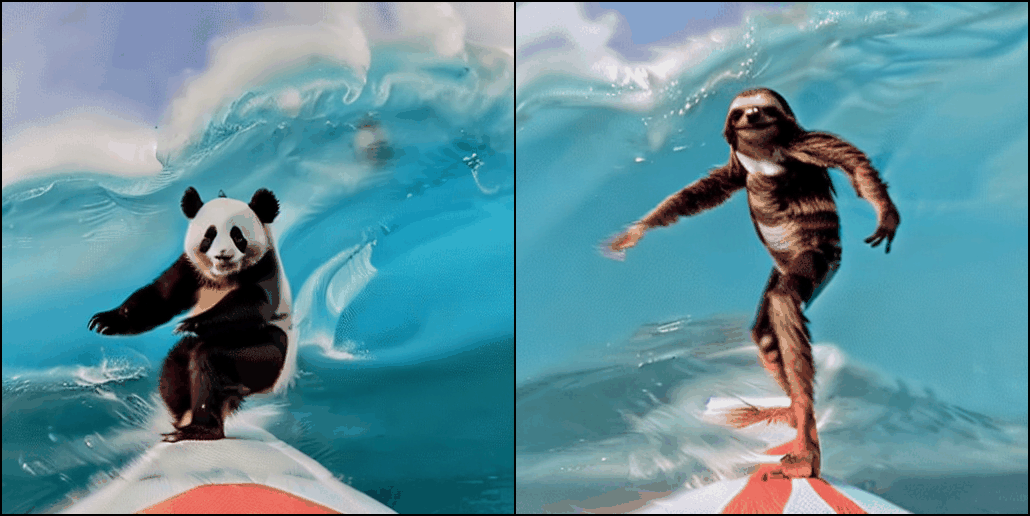
tune-a-video

2
Tune-A-Video is an AI model developed by the team at Pollinations, known for creating innovative AI models like AMT, BARK, Music-Gen, and Lucid Sonic Dreams XL. Tune-A-Video is a one-shot tuning approach that allows users to fine-tune text-to-image diffusion models, like Stable Diffusion, for text-to-video generation. Model inputs and outputs Tune-A-Video takes in a source video, a source prompt describing the video, and target prompts that you want to change the video to. It then fine-tunes the text-to-image diffusion model to generate a new video matching the target prompts. The output is a video with the requested changes. Inputs Video**: The input video you want to modify Source Prompt**: A prompt describing the original video Target Prompts**: Prompts describing the desired changes to the video Outputs Output Video**: The modified video matching the target prompts Capabilities Tune-A-Video enables users to quickly adapt text-to-image models like Stable Diffusion for text-to-video generation with just a single example video. This allows for the creation of custom video content tailored to specific prompts, without the need for lengthy fine-tuning on large video datasets. What can I use it for? With Tune-A-Video, you can generate custom videos for a variety of applications, such as creating personalized content, developing educational materials, or producing marketing videos. The ability to fine-tune the model with a single example video makes it particularly useful for rapid prototyping and iterating on video ideas. Things to try Some interesting things to try with Tune-A-Video include: Generating videos of your favorite characters or objects in different scenarios Modifying existing videos to change the style, setting, or actions Experimenting with prompts to see how the model can transform the video in unique ways Combining Tune-A-Video with other AI models like BARK for audio-visual content creation By leveraging the power of one-shot tuning, Tune-A-Video opens up new possibilities for personalized and creative video generation.
Updated 5/8/2024